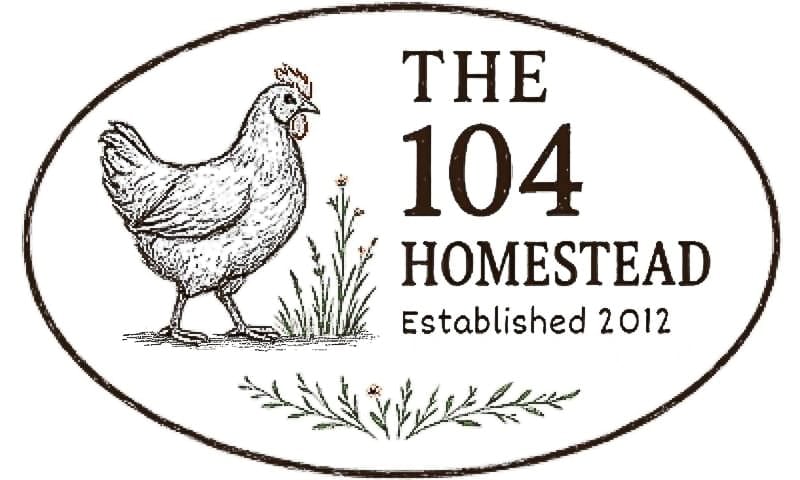Direct Sow vs. Start Indoors: How to Know What Your Seeds Need
Learn when to direct sow and when to start seeds indoors. This beginner-friendly guide helps you choose the right method for your plants and growing zone.
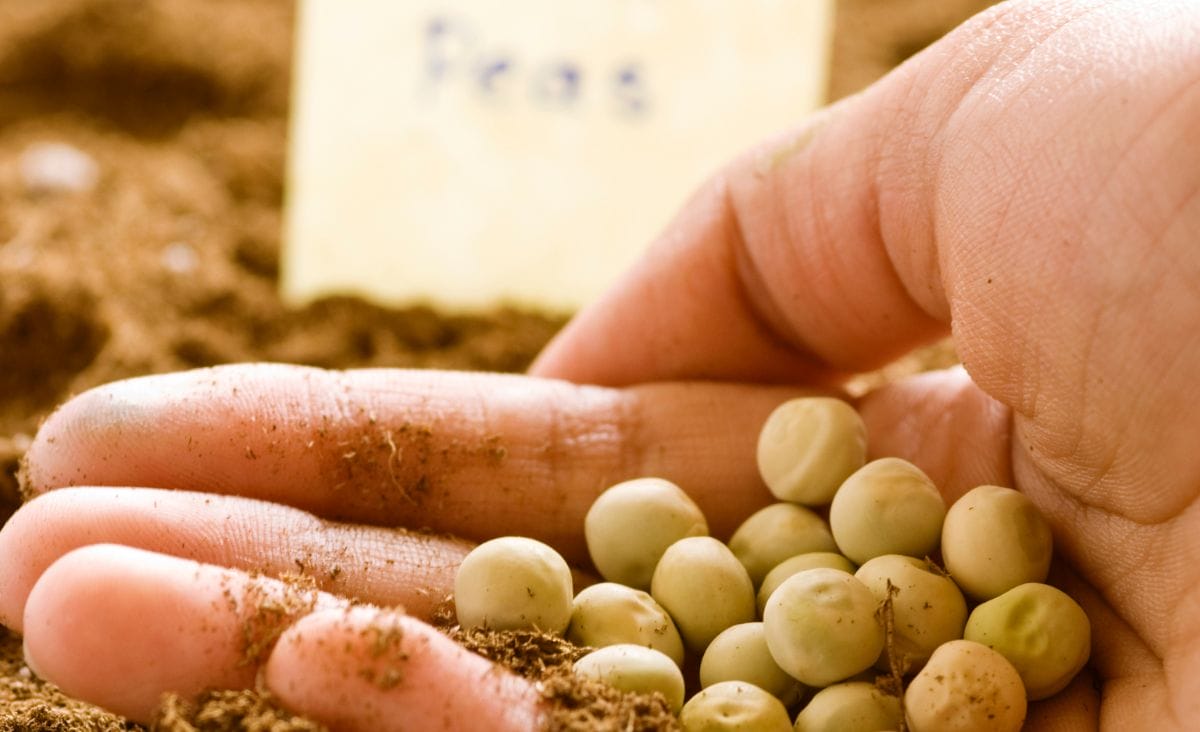
Every gardener asks this sooner or later. Should you start your seeds indoors under lights… or just tuck them straight into the soil and call it a day? I’ve gone back and forth on this more times than I can count. Honestly, getting this part right can be the difference between plants that thrive and seedlings that just… stall out.
What I’ve figured out over time is that both can work, as long as you match the method to the plant and your climate. Living here in Maine, where spring sometimes feels like it’s running a bit behind schedule, I’ve had to get picky about what I start indoors and what I trust to the garden.
Let me break down what direct sowing actually looks like, when it works, when it doesn’t, and how your climate plays into it. Hopefully, this takes the stress out of deciding and just helps you get growing.
What Direct Sowing Really Means
Direct sowing simply means planting seeds right into the garden soil. No pots, no trays, and no transplanting later. The seeds germinate and grow in the exact place they’ll spend their whole lives. You’ll have the best luck direct sowing plants that:
- Prefer cool soil
- Germinate quickly
- Don’t like their roots disturbed
Some seeds just thrive when conditions are natural and undisturbed.
What It Means to Start Seeds Indoors
Starting seeds indoors means planting them in trays or small pots inside your home and then transplanting them after the danger of frost has passed. I usually start mine under lights because my windows never seem to offer enough consistent sunshine. You’ll get the best results indoors with things like:
- Long-season crops
- Warm-season vegetables
- Slow-growing varieties
- Plants that need warmer soil temperatures to sprout
If you’ve never started seeds indoors before, the soil makes more of a difference than most people realize. It’s easy to mix up your own seed-starting soil, and in my experience it does just as well as the bagged stuff. If your seedlings keep getting leggy or wimpy, yep… been there more than once. Most of the time, leggy seedlings just need stronger light and a bit of air movement.
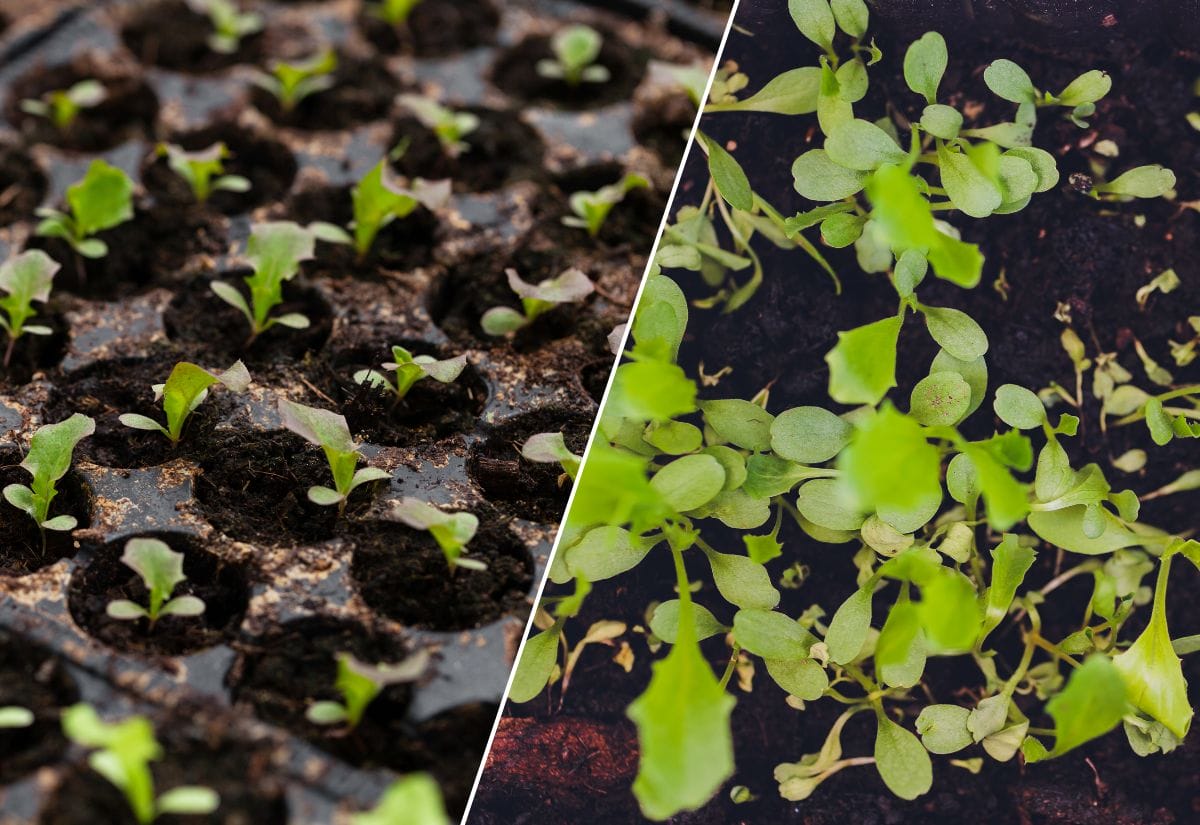
Direct Sow vs. Start Indoors: How to Decide
If I could go back and tell beginner-me one thing, it would be this: The seed packet is only the beginning. Choosing the right method depends on…
- Your growing zone
- Your frost dates
- Soil temperature (I like using a cheap little soil thermometer to figure it out)
- How long each crop takes to mature
- Whether the plant tolerates root disturbance
- Your available indoor space
Bottom line? Direct sow the stuff that hates being moved or sprouts in a snap. Start indoors if your season is short or the plant needs heat to germinate.
Most gardeners eventually blend the two methods.
When You Should Direct Sow
Some plants really just want to be planted and left alone, and they don’t bounce back from being moved.
Root Vegetables (They Hate Disturbed Roots)
Root crops tend to grow into strange shapes if moved around. Direct sow:
- Carrots
- Radishes
- Beets
- Turnips
- Parsnips
Before planting, it helps to know what seeds need to sprout so you’re not wasting time on ones that were never going to make it.
Fast-Growing, Cool-Weather Crops
These do really well in the cooler parts of the season (spring or fall):
- Lettuce
- Spinach
- Peas
- Arugula
These don’t need a head start indoors. They’re happier in cool soil and grow quickly on their own.
Large-Seeded Crops That Prefer Warm Soil
These “big seed” vegetables don’t always transplant well:
- Beans
- Corn
- Cucumbers
- Squash (summer and winter varieties)
If your soil warms up slowly like mine, using row covers or some black plastic over the bed can really help things germinate.
When You Should Start Seeds Indoors
Some crops need extra time or stable warmth to get going. If you want a full harvest, they’ll need a head start.
Warm-Weather Crops That Need a Jumpstart
These won’t sprout in cold soil and resent chilly nights:
- Tomatoes (learn how to start tomatoes from seed step-by-step)
- Peppers (get practical tips on growing peppers from seed with simple techniques)
- Eggplant
Slow-Growing Vegetables
They’re slow-growers, so indoor warmth helps a ton:
- Onions (from seed)
- Leeks
- Celery
- Brussels sprouts
These absolutely benefit from an early start.
Tender Seeds That Demand Warm Soil
These are nearly impossible to start outdoors in cool climates:
- Melons
- Basil
If you want stronger roots, I really like using a soil blocker instead of cell trays. Soil blocks reduce transplant shock and help seedlings establish quickly outdoors.
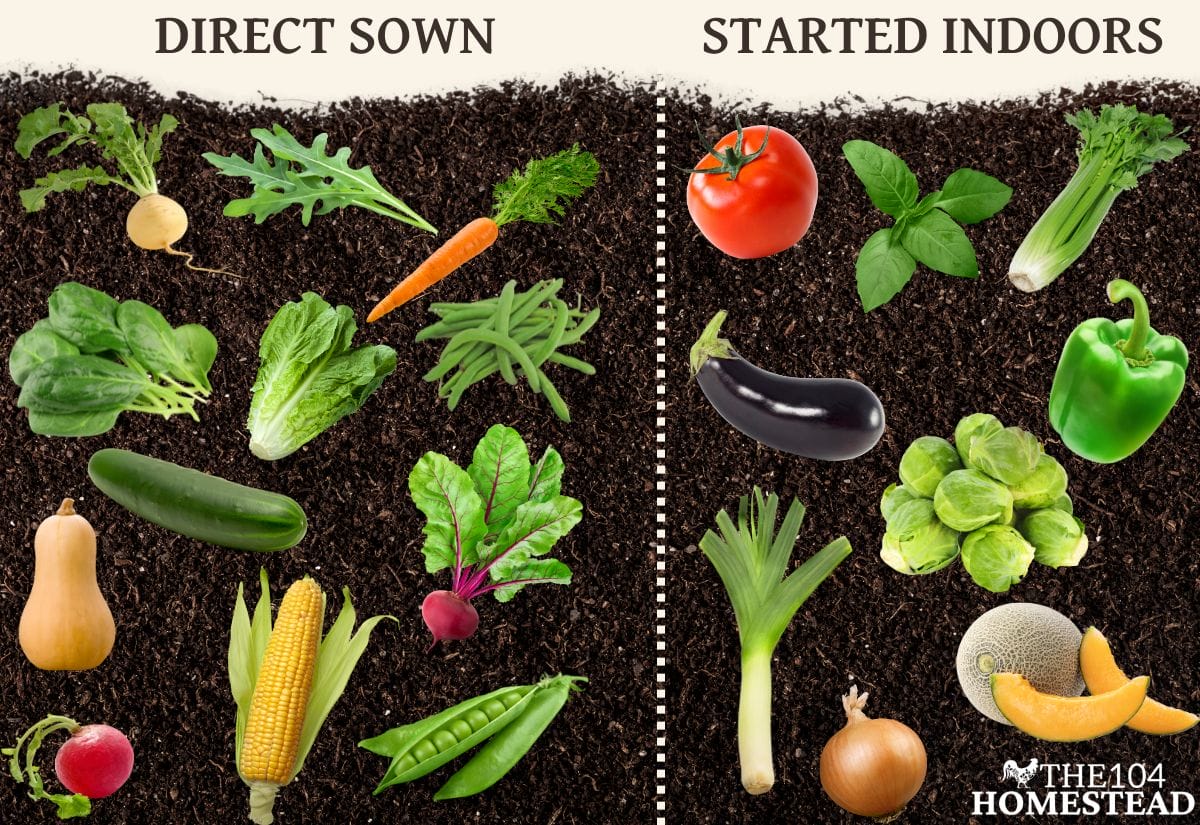
Vegetables That Can Go Either Way
There’s a small group of crops that happily grow indoors or outdoors depending on your season length and personal preference. These include:
- Kale
- Chard
- Broccoli
- Cabbage
- Pumpkins
If you’re just getting started, these are fantastic beginner-friendly crops. And if you ever wonder why last year’s seeds didn’t sprout the same way, you can test your extras using my guide on testing old vegetable seeds for viability so you know what’s worth planting.
Does Your Growing Zone Change the Plan? Yes… A Lot
Your USDA hardiness zone influences almost every decision you make about seed starting.
Zones 3–6: Indoor seed starting is your friend. Warm-weather crops need a jumpstart because summer comes late and leaves early.
Zones 7–10: Longer growing seasons mean you can direct sow more crops. Indoor seed starting is still helpful if you want earlier harvests or to avoid midsummer heat.
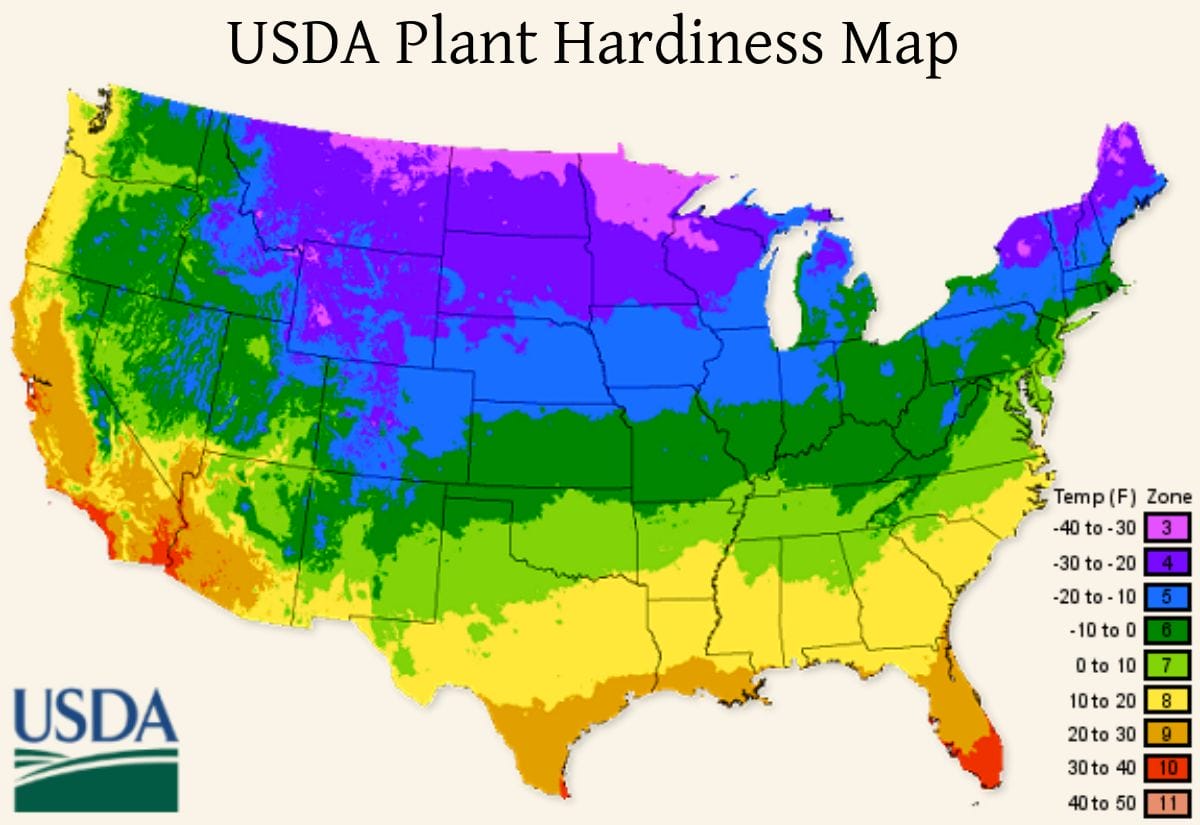
If you’re not totally clear on your zone yet (or what that means for planting), here’s how to choose the right plant seeds for your growing zone so you can time everything properly.
When Seeds Don’t Sprout (And What’s Going On)
If your seeds don’t sprout, don’t beat yourself up. It’s almost always one of three simple things.
Soil Temperature Was Off: Cool soil slows germination for warm-weather crops. This is why tools like a soil thermometer are so helpful.
The Seed Needs Prep: Some seeds won’t sprout until they’ve gone through an extra step or two. If you’re growing herbs, wildflowers, or certain perennials, learning about stratification and scarification can save you from staring at an empty seed tray for weeks.
The Indoor Setup Wasn’t Quite Right: Weak light, overwatering, or poor airflow can quickly lead to stretched, weak seedlings. Here’s how to prevent leggy seedlings and grow sturdier, healthier plants.
Questions Gardeners Ask About Starting Seeds
Here are a few of the most common seed-starting questions.
Pin this guide so you’ll have it handy when it’s time to plan your seed-starting strategy.
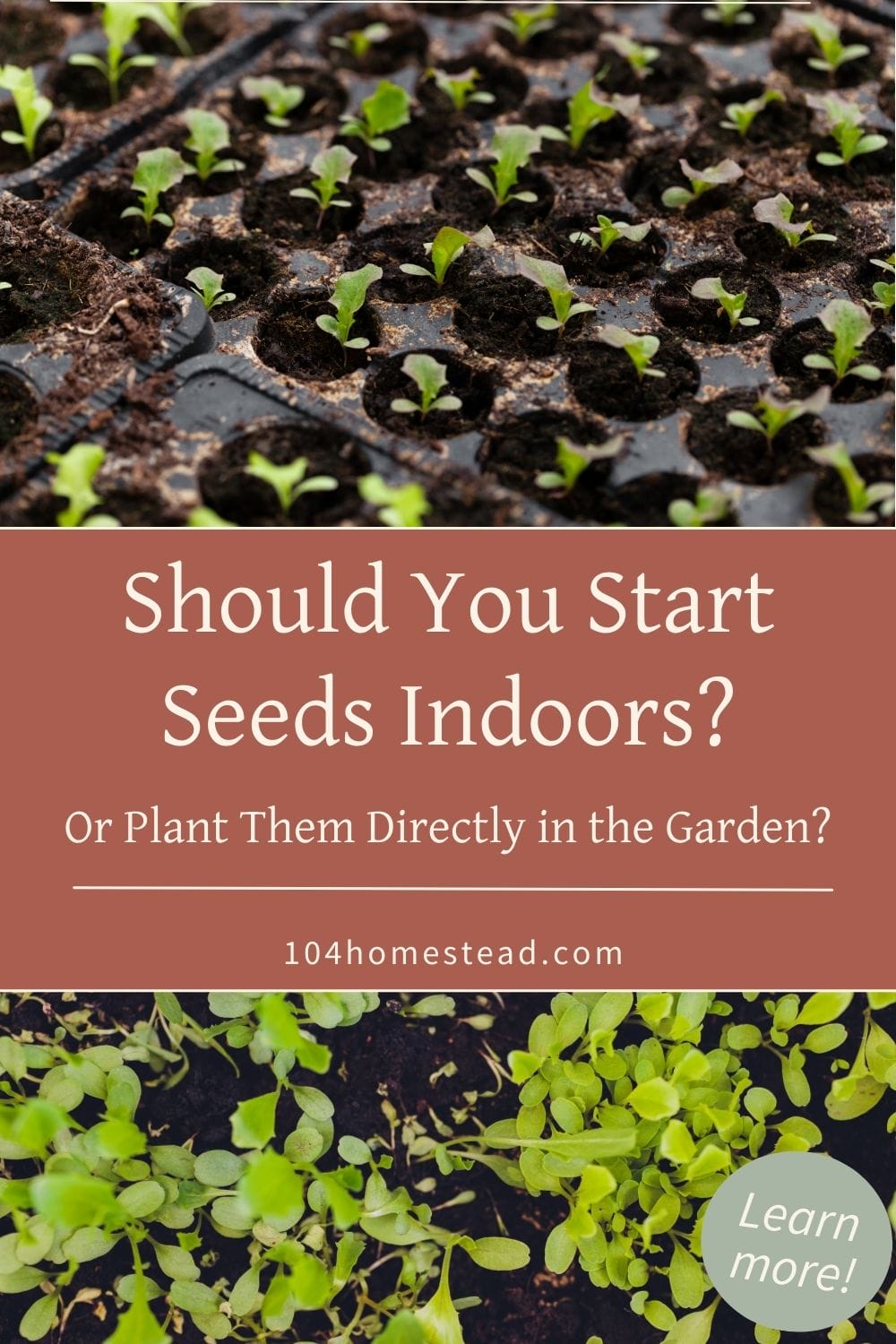
There’s no one-size-fits-all method for starting a garden, and that’s okay. Some plants thrive when you press their seeds straight into the soil. Others need a little indoor nurturing to handle our unpredictable spring weather. Once you understand what your plants want and how your zone factors in, it stops feeling so complicated.
Are you more of an indoor seed starter or a direct-sow gardener? Let me know in the comments. I’d love to hear what works for you.
